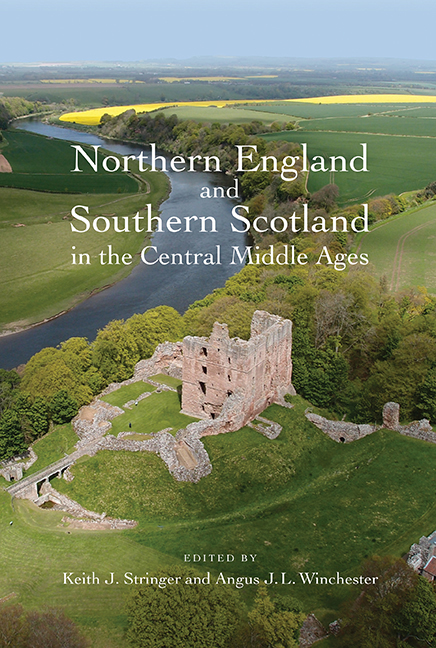Book contents
- Frontmatter
- Contents
- List of Figures
- List of Tables
- List of Contributors
- Preface
- Editorial Notes
- List of Abbreviations
- Introduction: ‘Middle Britain’ in Context, c.900–c.1300
- 1 Kingdom and Identity: A Scottish Perspective
- 2 Law, Governance and Jurisdiction
- 3 Languages and Names
- 4 Dioceses, Saints’ Cults and Monasteries
- 5 Parishes and Churches
- 6 Lords and Tenants
- 7 Rural Settlement Patterns on the Ground
- 8 Shielings and Common Pastures
- 9 Towns and Trade
- 10 Fortifications
- Index
4 - Dioceses, Saints’ Cults and Monasteries
Published online by Cambridge University Press: 24 August 2019
- Frontmatter
- Contents
- List of Figures
- List of Tables
- List of Contributors
- Preface
- Editorial Notes
- List of Abbreviations
- Introduction: ‘Middle Britain’ in Context, c.900–c.1300
- 1 Kingdom and Identity: A Scottish Perspective
- 2 Law, Governance and Jurisdiction
- 3 Languages and Names
- 4 Dioceses, Saints’ Cults and Monasteries
- 5 Parishes and Churches
- 6 Lords and Tenants
- 7 Rural Settlement Patterns on the Ground
- 8 Shielings and Common Pastures
- 9 Towns and Trade
- 10 Fortifications
- Index
Summary
From the late eleventh and into the twelfth centuries the area stretching from the Lune and the Tees to the Clyde and the Forth underwent a revolution in its ecclesiastical organisation in ways that can be seen as the effects of both a process of transformation initiated by the elite at diocesan level and fundamental changes in religiosity. The promotion of saints’ cults, for instance, was integral to the rise and consolidation of dioceses, yet at the same time a manifestation of religious sentiment at all levels of society. The foundation of reformed monastic houses, characteristic of the period in this region and in Europe as a whole, was the product of high-level, high-status patronage that arose from complex religious, cultural, political and social motives; at the same time, it embraced the aspirations of lesser benefactors and recruits to the monastic life, and engineered a transformation in economic activities and landholding. This chapter uses such themes to investigate commonalities and differences in experience on both sides of the Anglo-Scottish Border.
The diocesan framework
Around the year 1000 there was only one diocese that lay fully within the area bounded by the Tees and the Forth, and it had been in existence for only a few years. This was Durham, which owed its rise to prominence – as the centre of both the diocese and a cult – to the presence of St Cuthbert. This great Northumbrian saint, the bishop of Lindisfarne who died in 687, had progressed to sanctity through the merits of his life, his miracles and his uncorrupt body, which was first revealed to be in that state eleven years after his death. The island monastery of Lindisfarne had remained his resting place until 875 when the ‘congregation of St Cuthbert’ – the custodians of his body and his cult – began a series of wanderings which culminated 120 years later in 995 with their settlement at Durham. The community kept alive the idea of the bishopric and preserved records of Cuthbert's lands and his miracles. Durham was, indeed, seen as the successor of Lindisfarne; and, as such, its rights in theory if not in practice stretched right across to the west coast. Durham could make claims to wide territories, but otherwise the diocese as yet lacked form and cohesion.
- Type
- Chapter
- Information
- Publisher: Boydell & BrewerPrint publication year: 2017
- 1
- Cited by



